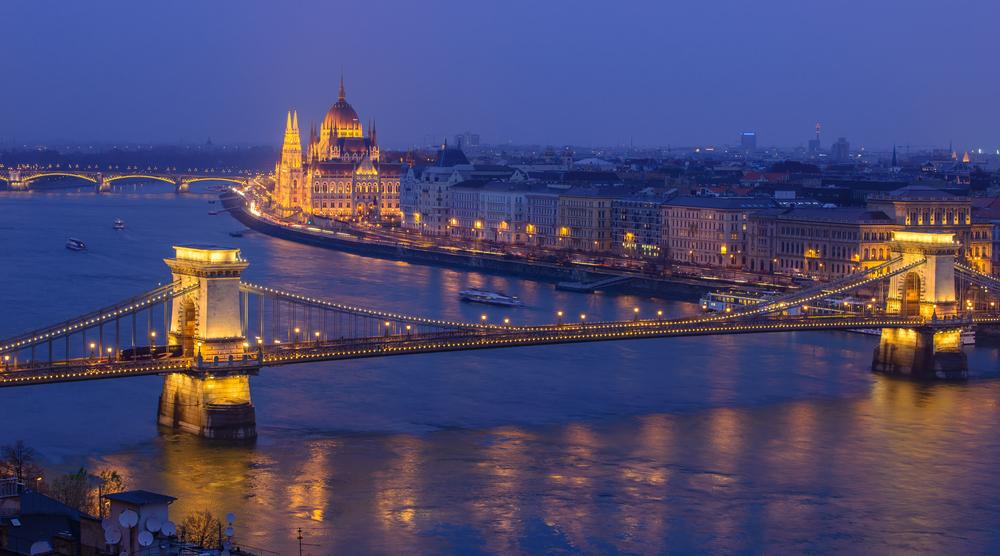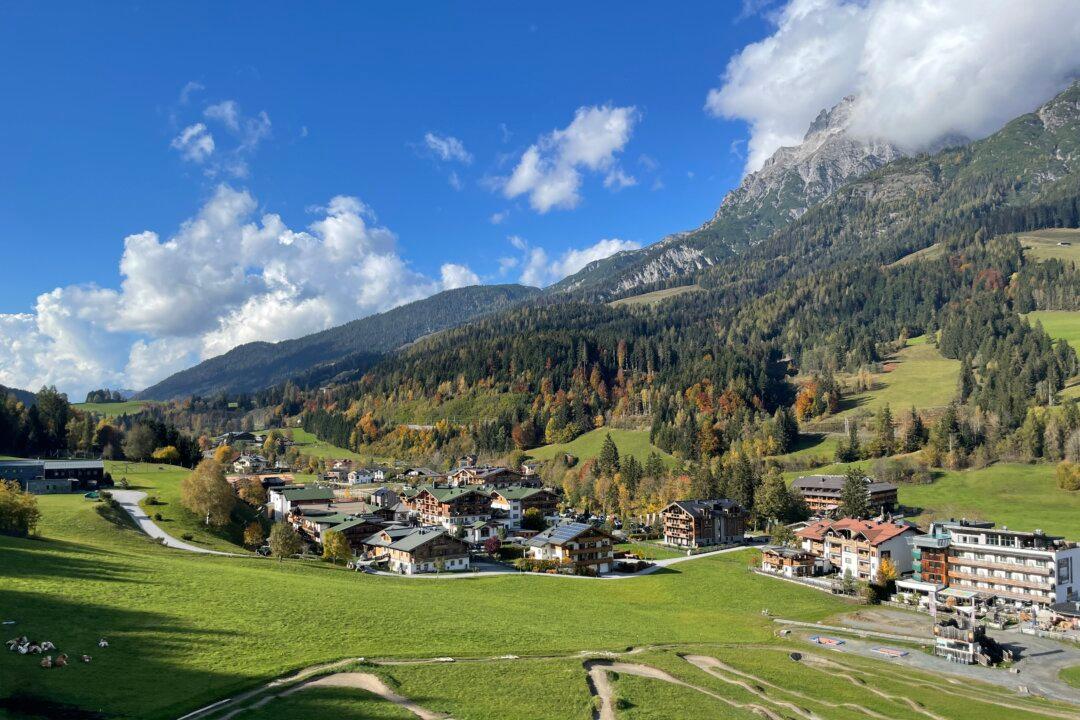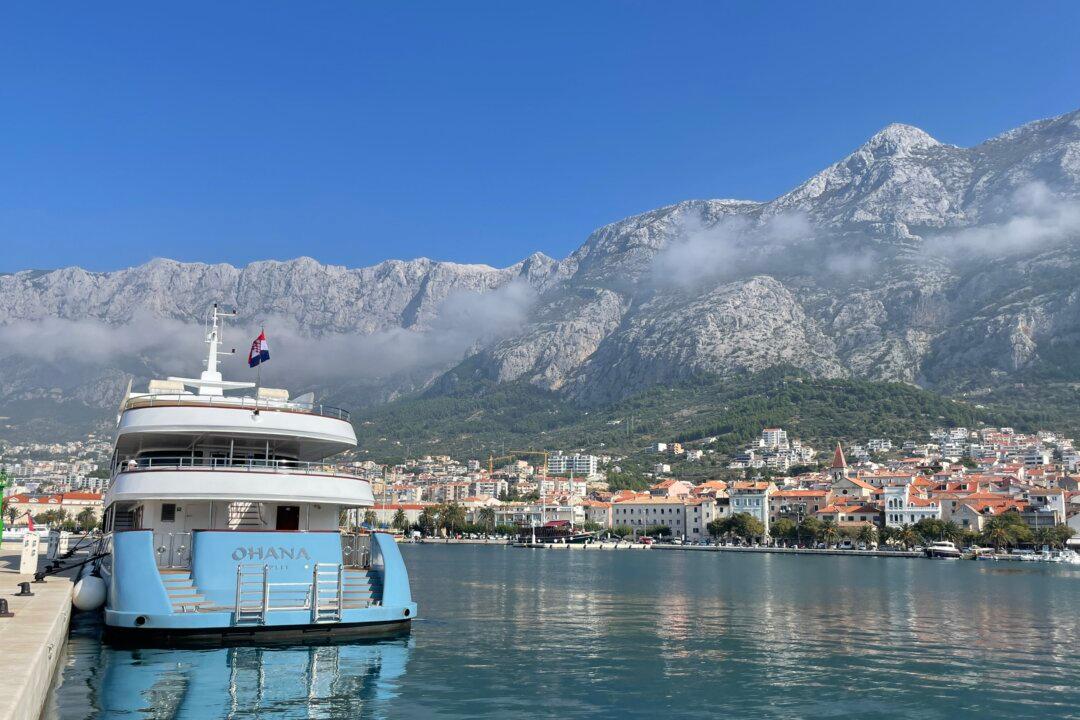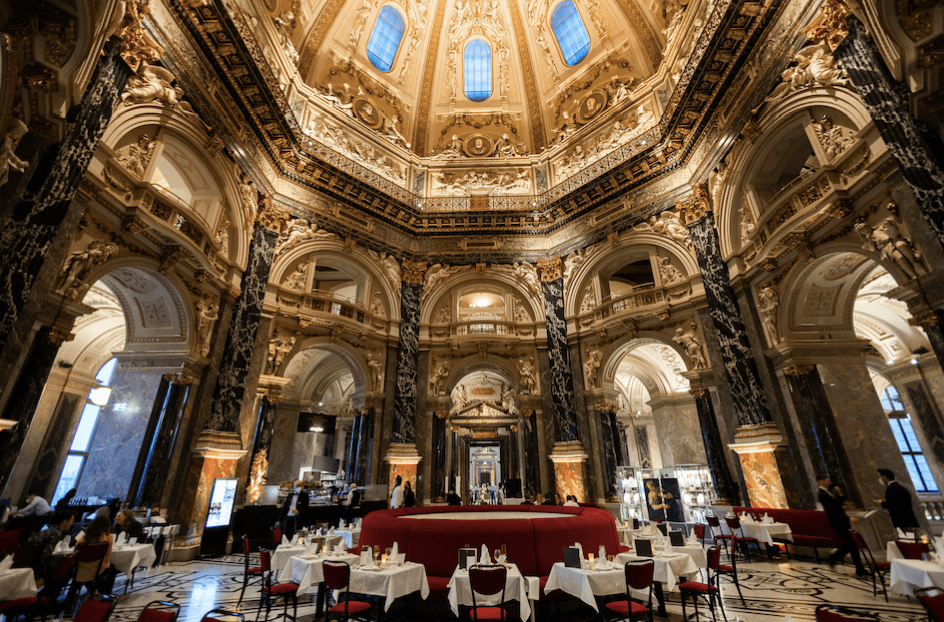BUDAPEST—I’m deep underground and moving slowly. It’s dark here in Szemlo-hegyi Cave, part of an extensive cave system under Budapest, but well-placed lights illuminate our path.
Budapest is famous for its thermal hot springs, but rich mineral waters have also carved out a large cave system beneath the city. Budapest and the surrounding area are a mecca for caving enthusiasts. Happily, you don’t need to be a caving expert to see this side of the Hungarian capital.





